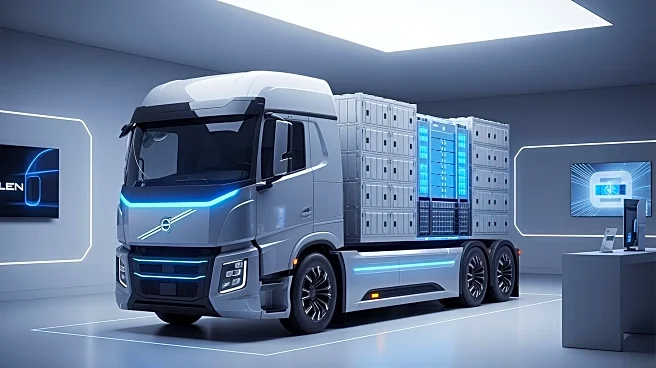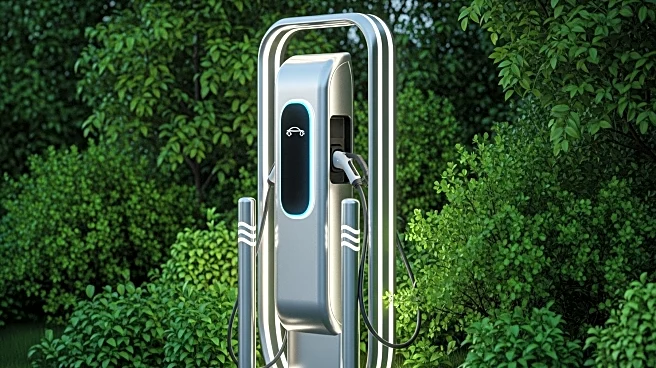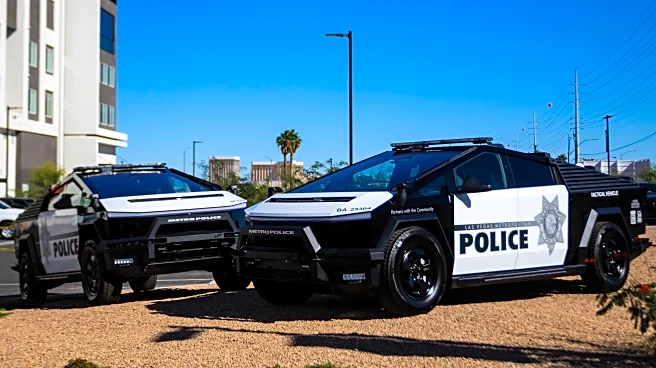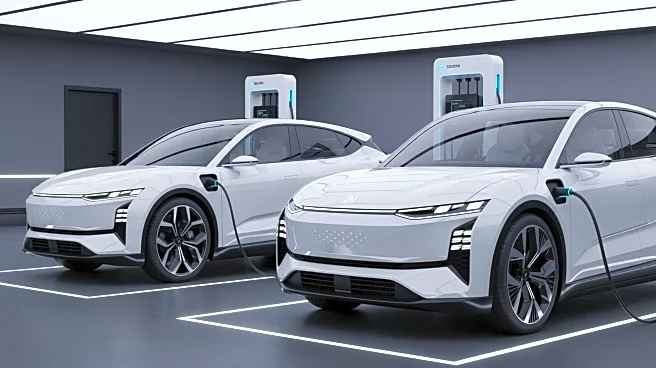What's Happening?
Bollinger Motors has introduced the B4 electric truck, designed for commercial applications with customizable options. The B4 features the ONE Aries LFP battery chemistry, which excludes nickel and cobalt, offering enhanced durability and daily charging
capabilities. The truck can be charged at AC Level 2 in 9 hours or at DC Fast Charge in 2 hours. The B4 is versatile, accommodating various upfits such as box trucks, flat-beds, and stake bodies. Bollinger Motors emphasizes local sourcing and assembly in the Midwest, aiming to reduce operational costs and environmental impact.
Why It's Important?
The launch of the B4 electric truck by Bollinger Motors represents a significant advancement in commercial electric vehicle technology. By utilizing the ONE Aries LFP battery, the company addresses environmental concerns associated with traditional battery materials. The B4's adaptability to different commercial needs positions Bollinger Motors as a key player in the transition to sustainable transportation solutions. This development could influence other manufacturers to adopt similar technologies, potentially accelerating the shift towards greener commercial fleets.
What's Next?
Bollinger Motors is expected to continue its focus on expanding its commercial electric vehicle offerings, potentially introducing new models or enhancements to existing ones. The company may also work on strengthening its distribution and service networks to support the growing demand for electric trucks. As the market for electric vehicles continues to evolve, Bollinger Motors may explore partnerships or collaborations to enhance its technological capabilities and market reach.
Beyond the Headlines
The introduction of the B4 electric truck highlights the importance of sustainable practices in the automotive industry. Bollinger Motors' commitment to local sourcing and assembly not only supports domestic manufacturing but also contributes to reducing carbon footprints. This approach could set a precedent for other manufacturers to prioritize environmental responsibility in their operations.















